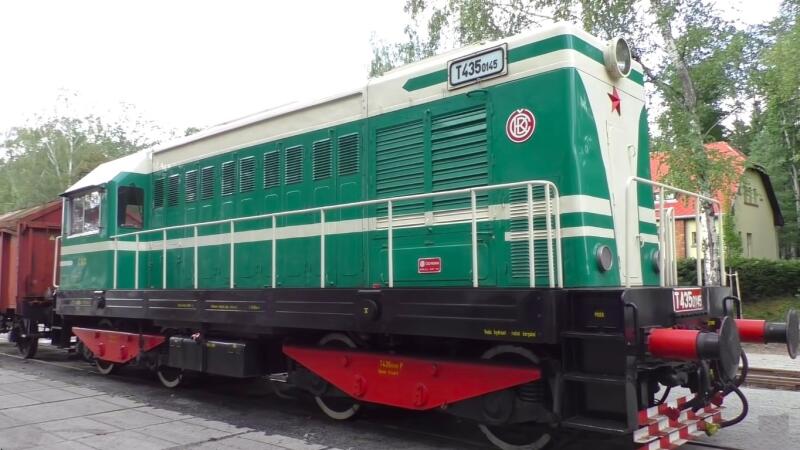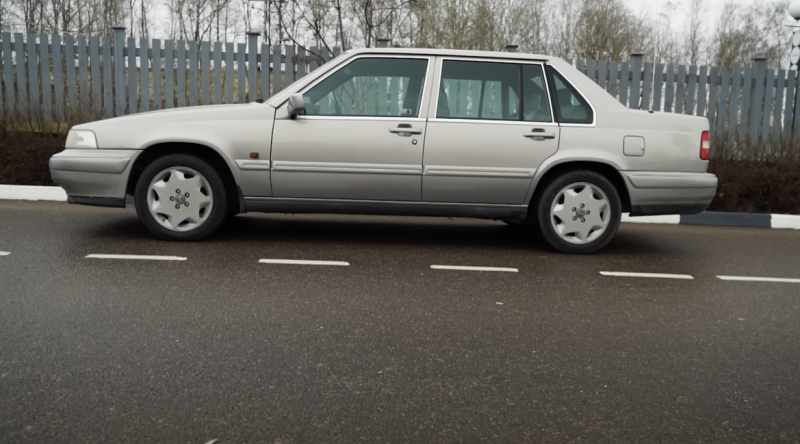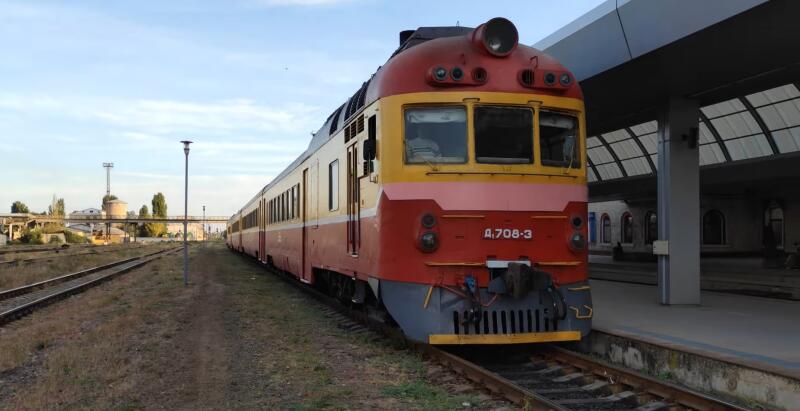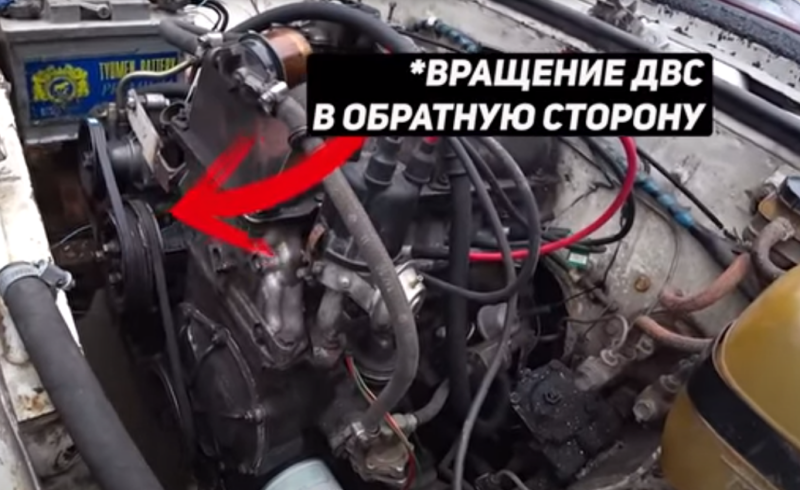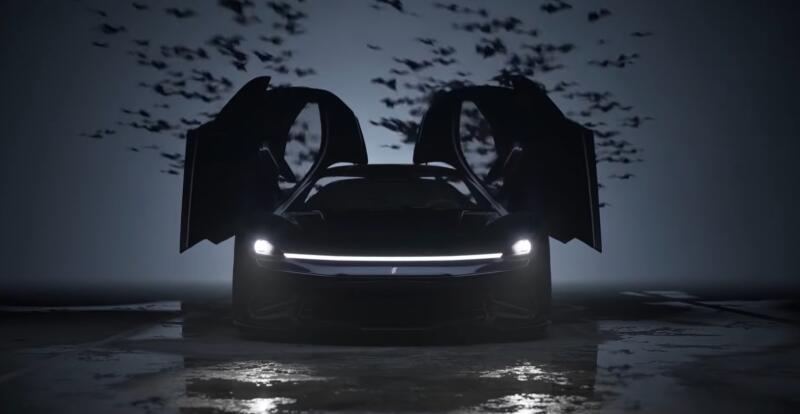The “first sign” was the Hungarian designers, who offered the shunting VME-50 to Soviet users in the mid-1s. This was an experimental use, so our railway workers received only two diesel locomotives. Their further operation did not cause much delight, since there were a number of comments, especially with regard to the power characteristics of the machine.
 Modernized T 435. Photo: youtube.com
Modernized T 435. Photo: youtube.comFor this reason, responsible comrades from the USSR got in touch with the Czechoslovak side, where the construction of locomotives with electric and autonomous traction was successfully developing. Here everything went much more happily, and the supply of shunting diesel locomotives stretched over more than four decades. Most likely, it would have lasted longer, but the country itself, the main consumer of equipment from Czechoslovakia, which received the name ChME, disappeared from the world map without a trace.
Advanced shunting locomotives
After 1948, the CSD company was seriously engaged in the transition to thermal traction. An important task was entrusted to the capital's company ČKD-Prague. The specific task was set - preparation for serial production of a 700-horsepower shunting diesel locomotive. It became the T 434, later renamed T 436.0 (due to non-compliance with the required axle load). Unfortunately, “the first pancake came out lumpy” - the new equipment not only turned out to be very unreliable, but also too demanding to maintain. We managed to collect no more than eight units.
The mistakes were taken into account in “attempt number two”, because the need for new locomotives on Czechoslovak roads continued to be high on the agenda. The new product used a more successful design, at the same time achieving a reduction in axle load from 16 to 15 tons.
In 1958, an experimental series of T 435 shunting diesel locomotives appeared. At the same time, two units of equipment were sent to the Soviet Union, where they received the designation ChME2.
Interestingly, HME1 has never existed in nature. Here, Soviet railway functionaries simply decided to put all foreign equipment under one brush. Since there was a VME-1 (Hungarian shunter), then let there now be a ChME2 (Czechoslovakian shunter with electric transmission). That was it.
 Some of the ChME2 have already lost their green color. Photo: youtube.com
Some of the ChME2 have already lost their green color. Photo: youtube.comIn general, production of this locomotive continued until 1961. After the zero series of 1958, the Czech company launched mass production of equipment. In the next one, 53 units have already been delivered. Its successful export history also began, which included a number of countries:
✅ GDR
✅ Albania
✅ Iraq
But the most important market was the huge Soviet Union. This is clearly demonstrated by the CKD statistics. After all, if deliveries for local needs, which continued until 1961, amounted to only 150 diesel locomotives, then more than three times as much equipment was exported to our country. This process continued until 1962 and stopped at the final figure of 522 units.
Purpose and further improvements
Although the main area of use of locomotives was considered to be medium-heavy shunting station work, they also performed in other roles. For example, in Czechoslovakia itself, the T 435 was used to tow loading and unloading trains. Their distribution turned out to be so wide that this model was represented in almost all locomotive depots of the Czechoslovak Socialist Republic. This continued for many years after the release was completed, thanks to a whole set of advantages:
✅ reliable operation
✅ low operating costs
✅ high popularity among depot managers
But if you thought that ChME2 could be considered an almost ideal machine, then this is far from the case. Even in our country, its popularity quickly faded away. Indeed, along with reliability, this technique also had its weaknesses. For example, the four-axle design and insufficiently powerful diesel engine could not provide comfortable operation with a large number of rolling stock or in areas with a noticeable difference in elevation. But Czechoslovakian machinists added to this their list of disadvantages of the T 435:
✅ high engine noise
✅ noise from auxiliary machines
✅ dusty cabin
✅ low quality interior painting
All this created not the most convenient working conditions for shunting drivers. However, as they say, we often had to make do with what we had. Therefore, the T 435 remained in service for a long time. Even after its official decommissioning, it continues to be used by some private railway companies in the Czech Republic.
Their Russian colleagues also have several dozen ChME2. In both cases, the equipment rather serves as a kind of reserve to back up more modern diesel locomotives. Although just such a copy with reconstructed bogies drove the Prague-Horazdovice express train for a long time.
 In the Czech Republic, private carriers sometimes use the T 435 even now. Photo: youtube.com
In the Czech Republic, private carriers sometimes use the T 435 even now. Photo: youtube.comIn general, new bogies in the T 435 appeared in 1960. This was a variant with two-wheel guidance and swing arms. They subsequently became the gold standard for all subsequent models of diesel locomotives produced by ChKD. There is another interesting fact.
Based on the decision of the Bratislava Conference in 1958, the technique known to us as ChME2 was considered a transitional type. After all, before this, preference was given to locomotives with hydraulic transmission. “435th” broke this practice; its Soviet name contains the letter “E”, which indicates the installation of electric power transmission. Then all production developed only in this direction.
Technical and mechanical device ChME2
We are dealing with a 4-axle bonneted diesel locomotive, the driver’s cabin of which was moved to the end of the structure. Since the 87th locomotive, the tradition of painting it in the familiar green color has appeared. Subsequently, all Soviet railway workers simply did not imagine its successor ChME3 in any other colors.
 Entrance stages, very familiar to us from ChME3. Photo: youtube.com
Entrance stages, very familiar to us from ChME3. Photo: youtube.comThe T 435 received fluid couplings, which ensured a perfectly soft and smooth start of the compressor. This equipment was equipped with an atmospheric low-speed diesel engine with the following characteristics:
✅ 6 cylinders
✅ direct fuel injection
✅ working volume - 163,21 l
✅ power - 750 liters. With
In the last years of production, the T 435 was even exported to Poland and India. Still, its characteristics turned out to be insufficient to claim the title of legend of steel highways:
✅ length along bumpers – 12,56 m
✅ empty weight – 60 (later – 68) tons
✅ maximum speed – 60 (later – 80) km/h
✅ fuel reserve – 2,5 tons
Czechoslovak engineers tried to refine this technology for the needs of the Soviet economy. But instead of the required adhesive weight of 72 tons, they were able to produce only 64 units. This was one of the reasons for starting work on the design of a more powerful six-axis ChME3. It was he who became the hero of the shunting service, maintaining this status to this day.
And the operation of the T 435 (ChME2) quietly continued until the end of the 80s in our country and until the beginning of the next decade in our homeland. Later, enthusiasts tried to preserve the memory of this maneuvering technique. Restored copies have appeared in some museums in the post-Soviet space. The Czechs were not far behind.
 Many of the ChME2 are no longer in the best condition today. Photo: youtube.com
Many of the ChME2 are no longer in the best condition today. Photo: youtube.comThe very first prototype T 435.001, after completion of operation in Cologne (1987), went to the collection of the Czech National Technical Museum. Other of its brethren are kept in the Luzna Railway Museum. Some locomotives were lucky enough to sometimes serve as exotic pleasure equipment. Such as the nostalgic train Posazavske Pacifik.
